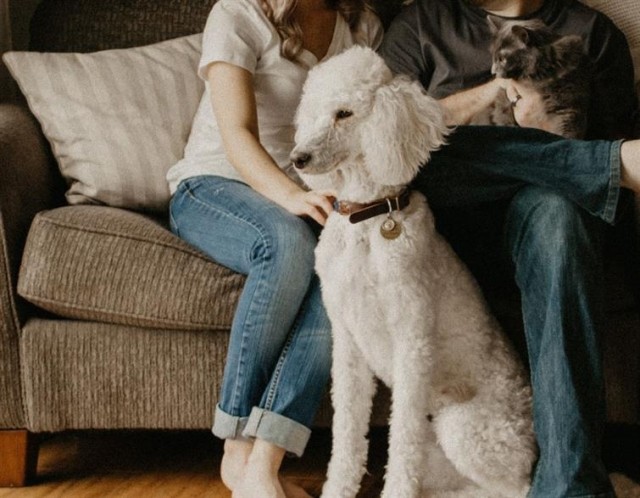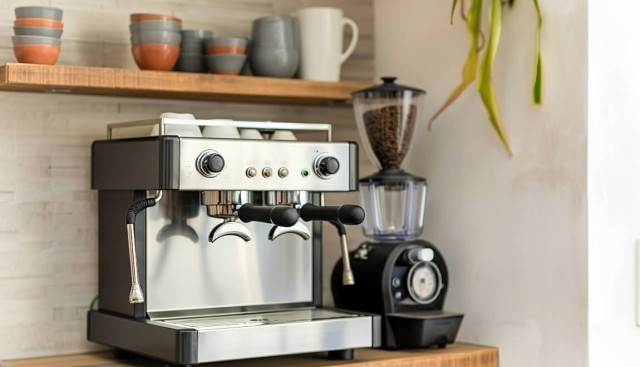The interests of smokers and non-smokers often conflict, as we've seen in the evolution of policies regarding smoking in workplaces, bars, restaurants, and many other shared areas. Many state and local governments have restricted smoking in various areas and to various degrees. While many non-smokers are happy to see these restrictions implemented and reclaim their clean air, smokers often feel burdened by the ever-growing restrictions.
A decade or more ago, when smoking restrictions were spreading across the country, many smokers complained that soon they wouldn't be allowed to smoke anywhere but in their own homes. It turns out even that might not be true.
Secondhand smoke in multi-unit buildings
According to the American Lung Association, secondhand smoke can be a serious problem in multi-unit housing. Smoke can migrate from other units and common areas and travel through doorways, cracks in walls, electrical lines, plumbing, and ventilation systems, thus exposing non-smoking tenants to the harms of secondhand smoke.
In addition to the health risks associated with secondhand smoke, non-smoking tenants often complain of the smell, discoloration, and other nuisances associated with smoking in the building.
These issues provide an incentive for many landlords, and even local governments, to create restrictions on smoking in multi-unit buildings.
The right to smoke
It turns out smokers have few, if any, rights with regard to smoking restrictions in multi-unit housing. Restrictions aren't even necessarily limited to rental properties. While it’s easiest for a private landlord to create a policy for his own complex, the standard against which governmental restrictions are tested is not stringent—and local ordinances can apply to condominiums as well as rental properties. In fact, a condo association can implement smoke-free rules as well.
While your management company won’t usually be able to change the rules regarding smoking in the middle of your lease, many landlords shifting to a smoke-free environment simply introduce those restrictions as each lease comes up for renewal.
The scope of restrictions
While some smoking regulations deal only with common areas of a building or the property as a whole, others extend to individual units, including private balconies or patios. Common area restrictions may include the grounds, pool area, parking lot and premises as a whole, or may relate specifically to entrance ways and confined areas such as laundry rooms and mail rooms. The restrictions will be clearly spelled out by the ordinance or building policy.
If you’re a non-smoker looking to avoid second-hand smoke, your options are growing. Smoke-free buildings are becoming increasingly common and in many areas city ordinances provide at least some protection for residents of all multi-unit rental properties.
If you’re a smoker, you still have options, but make sure you check into both an apartment community’s policies and the relevant local ordinances before you make your next move.




